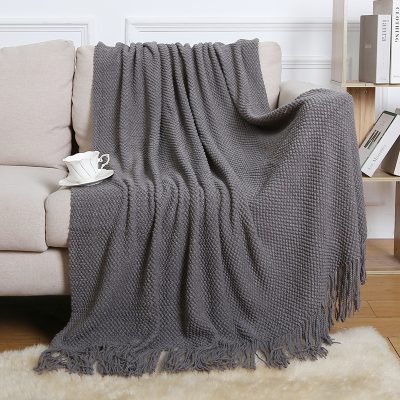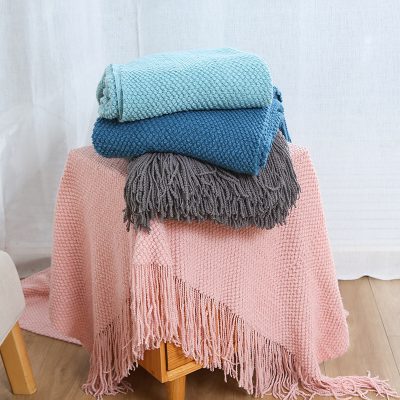The science of comfort when it comes to blankets is fascinating and revolves around several key factors that contribute to our perception of warmth, security, and overall well-being. Here’s a look into how blankets play a role in comfort:
1. **Material and Insulation**:
– **Thermal Regulation**: Different materials like fleece, wool, cotton, and synthetic fibers have varying abilities to trap heat and regulate body temperature. For instance, wool is excellent at insulating even when wet, while cotton provides breathability.
– **Weight**: The weight of a blanket can also influence comfort. Weighted blankets, for example, are designed to provide deep touch pressure, which can promote relaxation and reduce anxiety.
2. **Texture and Feel**:
– The tactile experience of a blanket is crucial for comfort. Soft, plush textures like fleece or sherpa can create a cozy feeling against the skin, enhancing comfort and relaxation.
3. **Psychological Comfort**:
– Blankets serve as psychological comfort objects, especially for children and adults alike. The familiar feel and scent of a blanket can trigger feelings of safety and security, which are essential for emotional well-being.
4. **Color and Aesthetics**:
– The color and design of a blanket can influence its perceived comfort. Warm, soothing colors and visually pleasing patterns can contribute to a sense of relaxation and calmness.
5. **Neurological Responses**:
– The act of wrapping oneself in a blanket can trigger neurological responses associated with comfort. This includes the release of oxytocin, often referred to as the “cuddle hormone,” which promotes feelings of contentment and reduces stress.
6. **Cultural and Personal Associations**:
– Blankets often carry cultural significance and personal memories, which can enhance their comfort value. They may symbolize traditions, family connections, or memorable experiences, further contributing to their emotional comfort.
7. **Functionality and Use**:
– The intended use of a blanket also impacts comfort. Whether it’s for warmth during sleep, relaxation on a sofa, or as a decorative element, blankets fulfill functional roles that enhance comfort in various settings.
Understanding these factors helps explain why blankets are such cherished items that provide not only physical warmth but also emotional comfort. From their material composition to their psychological impact, blankets play a significant role in creating a cozy and comforting environment.


















